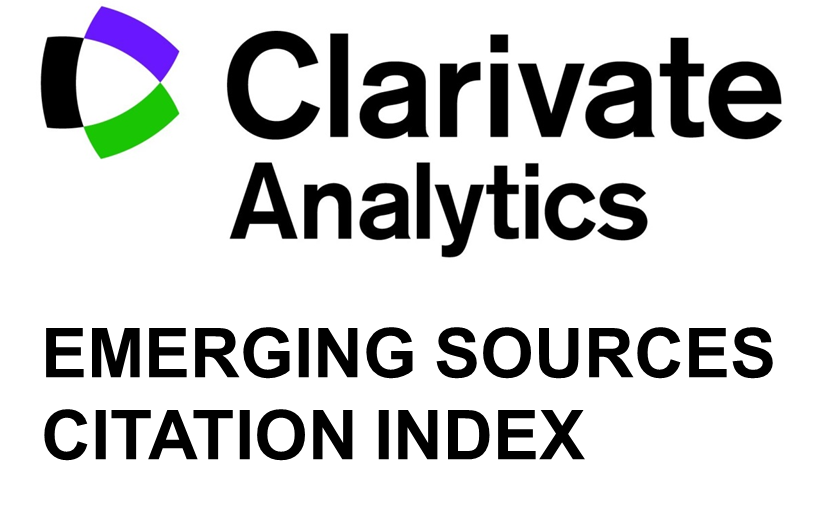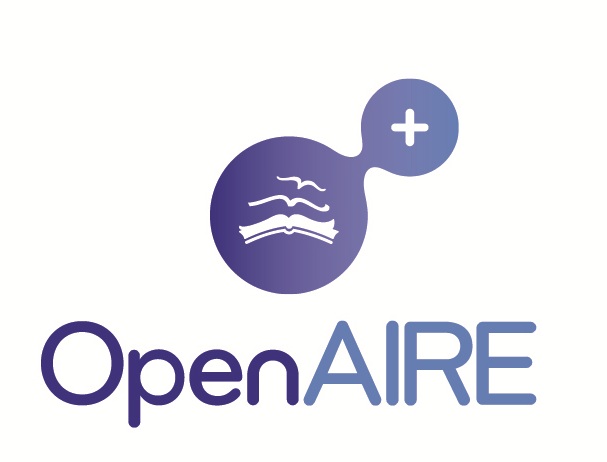Non-Intrusive Parametric Audio Quality Estimation Models for Broadcasting Systems and Web-Casting Applications Based on Random Forest
Martin Jakubik, Peter Pocta
DOI: 10.15598/aeee.v18i4.3890
Abstract
Objective quality assessment models have been used more and more in recent years to assess or monitor speech and audio quality in many multimedia and audio processing systems. These methods offer a clear and repeatable way to evaluate a customer experience by measuring perceived quality on a subjective scale, which is easily understood, such as a quality rating scale, ranging from excellent quality to a low quality. Subsequently, the aim of service providers is to offer reliable services providing the end-user/customer with the best possible quality in the context of the current network conditions to avoid a customer churn. This paper presents a design and performance evaluation of parametric models estimating the audio quality experienced by the end user of broadcasting systems and web-casting applications. The Random Forest (RF) algorithm is used to design non-intrusive parametric models, establishing the relationship between the feature description and the perceived quality scores. For this, the broadcast and web-cast sub-databases were created, where the web-cast sub-database includes 17.280 degraded samples and the broadcast sub-database contains 1080 degraded samples obtained from the Slovak Radio. The results reported for the proposed parametric audio quality models have validated Random Forest as a powerful technique that provides a good efficiency in terms of Pearson Correlation Coefficient (PCC) and Root Mean Squared Error (RMSE).






















